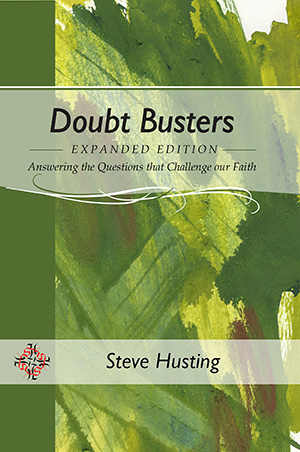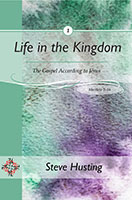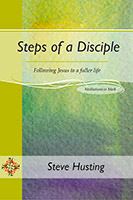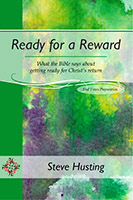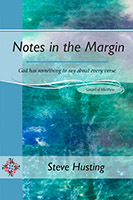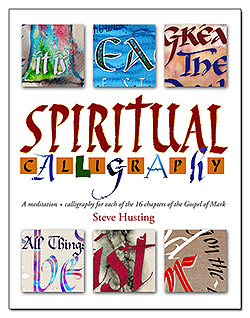I remember watching kids playing the game of Telephone, where the teacher whispers a message in the ear of the child at one end of the line, and the children pass it on to the other end of the line, whispering the message from child to child. Of course, by the time it reaches the last child, the message ended up hopelessly (and comically) garbled. Isn’t that what happened to the transmission of the Bible texts? Well, no. The difference is that the Jews treated the text as the Word of God reverently, to be preserved carefully. How do we know the texts were preserved faithfully?
Enter the Dead Sea Scrolls. Some of the scrolls date back to 250 B.C. So scholars were able to take the later manuscripts and compare them to the same biblical books dated a thousand years earlier. Their findings indicate that the Hebrews treated the words of God with the care they deserved. For instance, “of the 166 words in one chapter, Isaiah 53, there are only seventeen letters in question. Ten of these letters are simply a matter of spelling, which does not affect the sense. Four more letters are minor stylistic changes, such as conjunctions. The remaining three letters comprise the word ‘light,’ which is added in verse 11, and does not affect the meaning greatly. Thus, in one chapter of 166 words, there is only one word (three letters) in question after a thousand years of transmission-and this word does not significantly change the meaning of the passage.”3
Today you can get some versions of the Bible containing the variations between the manuscripts in the margins of those versions. You can read for yourself that the differences are minor. The Bible texts have been preserved very well indeed!
What Do You Think?
a. Nowadays digital files can be duplicated perfectly, pixel for pixel, with a few mouse clicks. The ancient world, however, had to copy things the hard way. The Hebrew scribe double-checked his work by counting across so many letters and down so many letters to arrive at the same letter in the middle of the manuscript as the original. If the next person had to copy your entire page letter-for-letter by hand, what steps would you take to ensure absolute accuracy?
b. Would you expect the next person to copy the manuscript accurately if he did not believe in the text’s importance?
3. McDowell, Josh, The New Evidence that Demands a Verdict. (Thomas Nelson Publishers, Nashville 1999.) pp78-79.

